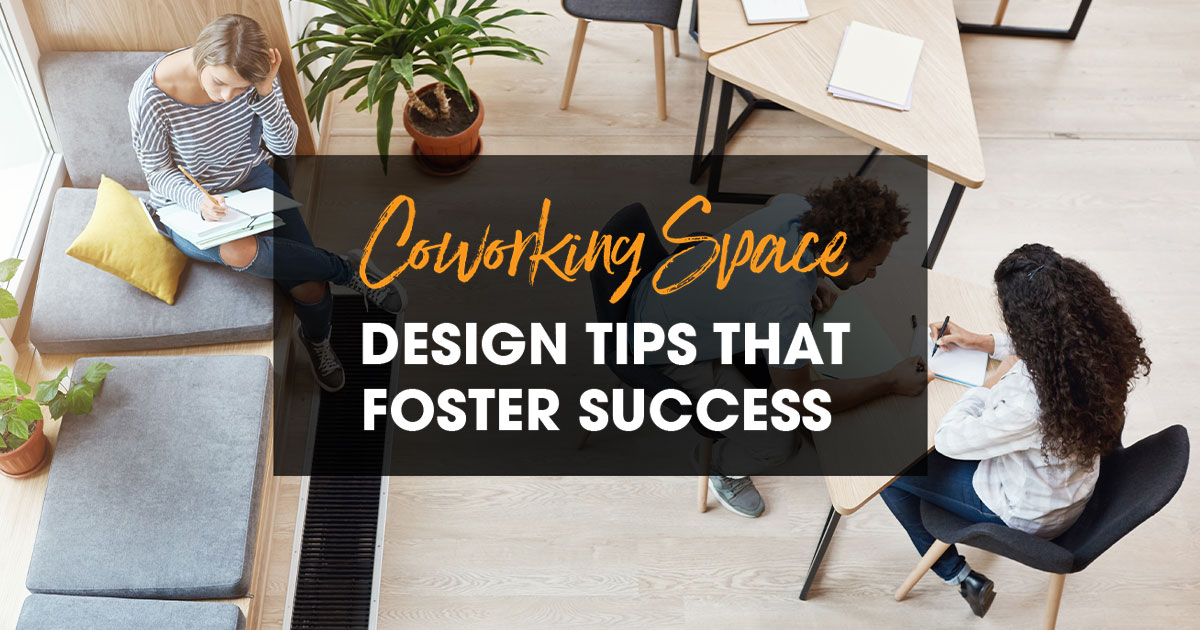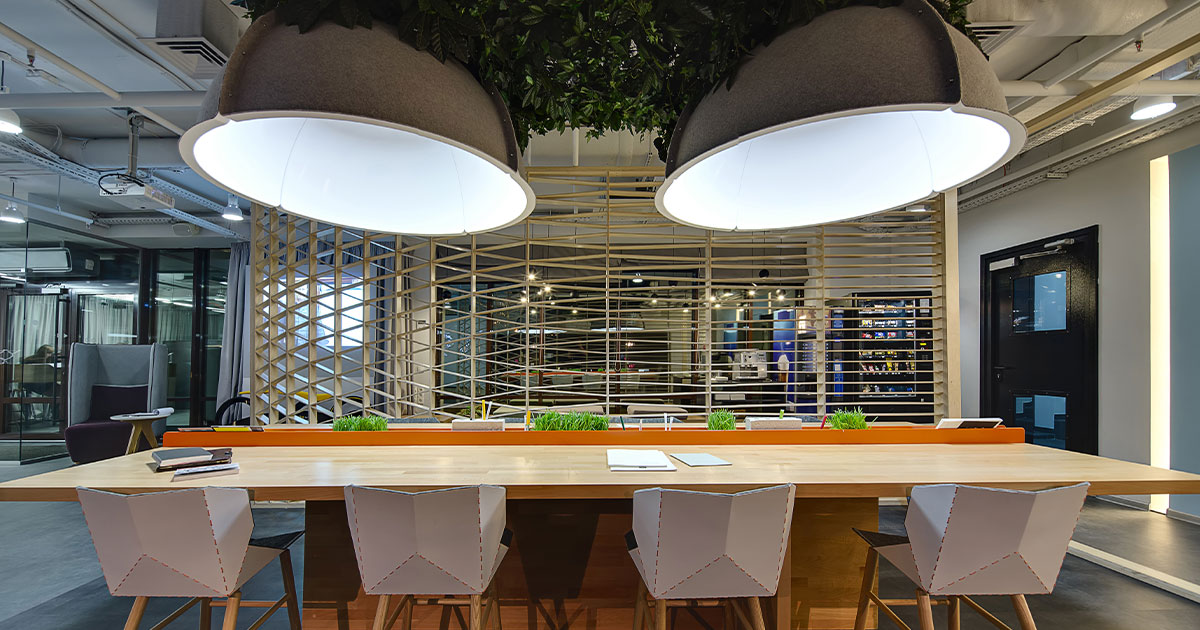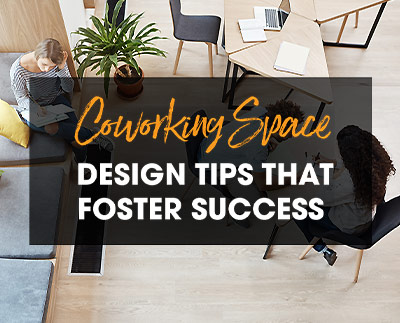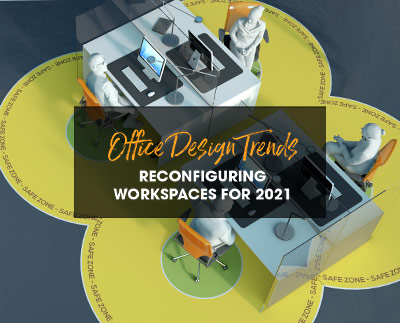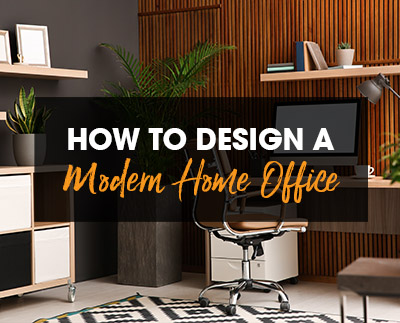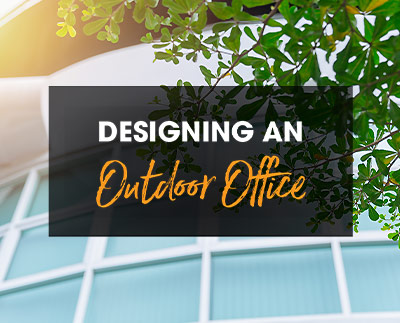Coworking space design requires open-air work areas. Whether it’s just small tables and chairs or a giant shared table with benches, the idea is for workers to sit in proximity with other workers, thus encouraging productivity. Mingling and networking is a big part of coworking culture, so make sure you design the space with that in mind.
Coffee & snacks
People can’t survive a workday without coffee and snacks. Well, maybe that’s an exaggeration (sort of), but if you want your coworking space design to attract more employees, you have to offer them a self-serve coffee and/or snack bar. Better yet, if your client has the budget for it, you can suggest an actual coffee stand with freshly brewed coffee, healthy snacks, and a full-time barista.
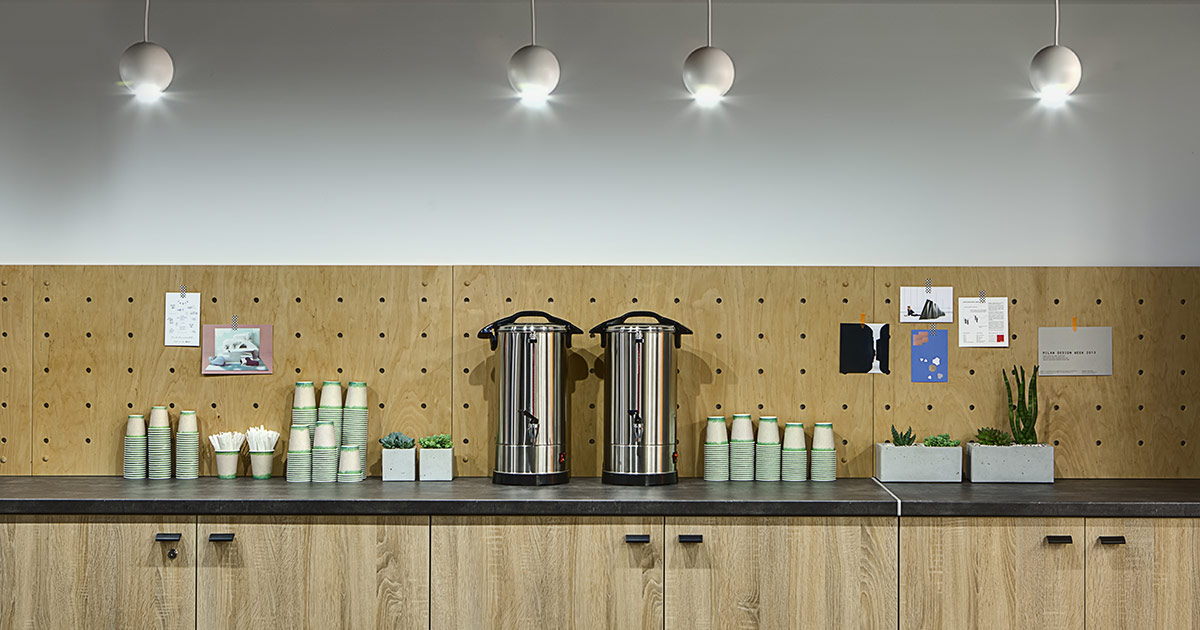
Flexible seating arrangements
When designing a coworking space, make sure there’s a variety of seating arrangements such as cafe-style padded bench seating with round tables, comfortable armchairs, ergonomic office chairs, booths, desks, pods, etc. If your client is targeting a more creative crowd, for example tech start-up types, designers, and writers, throw in a couple of beanbags, hammocks and/or poufs.
Different themes
If the locale allows for it, think about creating several different work areas with varying themes. Creative workers are often inspired when they move around and change scenery and offering that in a coworking space will help foster their creativity. You can also create separate zones just like in a university library. For example, a quiet zone (blue), a collaborative zone (purple), and an in-between zone (yellow). Using a professional
office space planning software will help you play around with different layouts to achieve the best results.
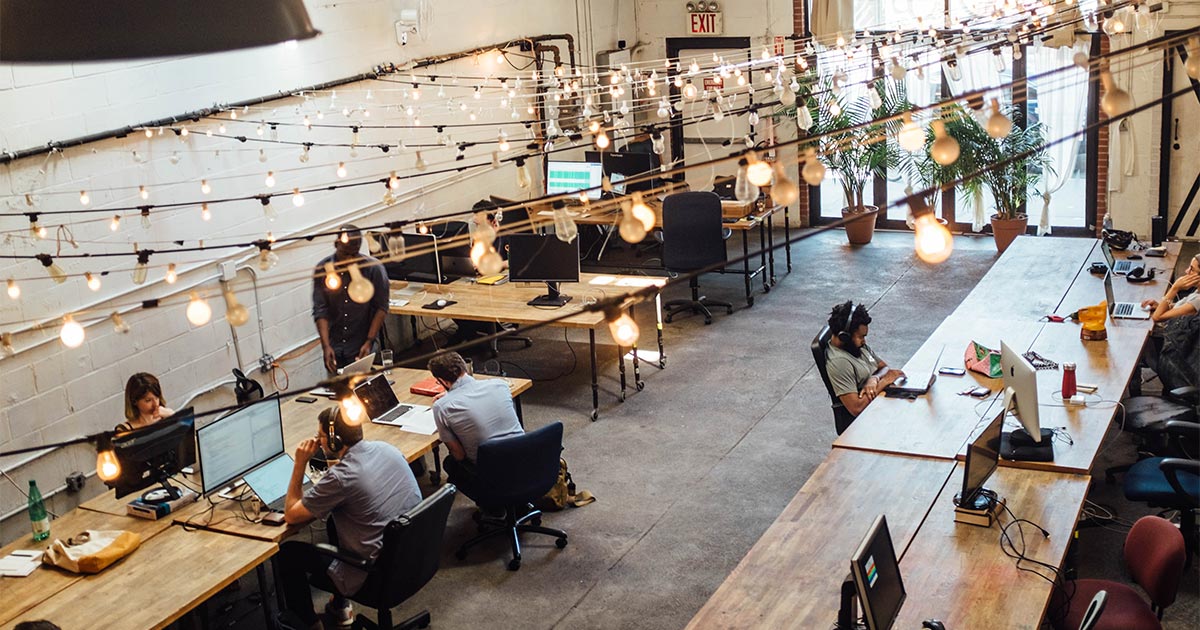
Attractive design
People are attracted to beautiful spaces. It’s a fact of life. That’s why the more esthetically pleasing your coworking space design is, the more people it will attract, and the more motivated they will be to become members and spend time there to work on their projects. Good design coupled with good function is the recipe to a successful coworking space. It’s your job as the designer to make it all come together.
Biophilic components
This doesn’t only apply to shared workspaces, but adding
biophilic components (i.e., greenery and natural colors & textures) will make the space cozier, improve overall productivity, reduce stress levels, and increase attention & focus. This can easily be achieved by introducing plants, lots of sunlight, and earthy colors and materials in the coworking space.
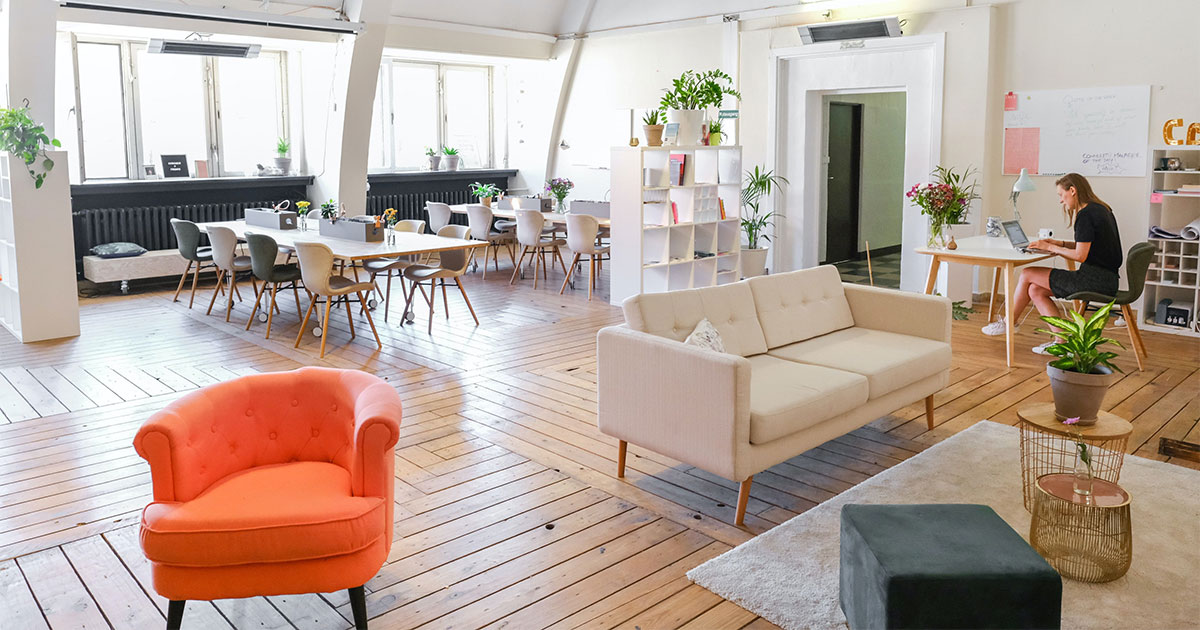
Office necessities
Just like a traditional office, designing a coworking space requires you to think about office necessities that employees might need to facilitate their work. Include lots of outlets (both regular and USB), proper lighting, an area where members can keep their belongings safe (perhaps lockers), a dedicated area for printers and copy machines, and anything else you and your client think might foster success and make the space more appealing to a wider demographic.
